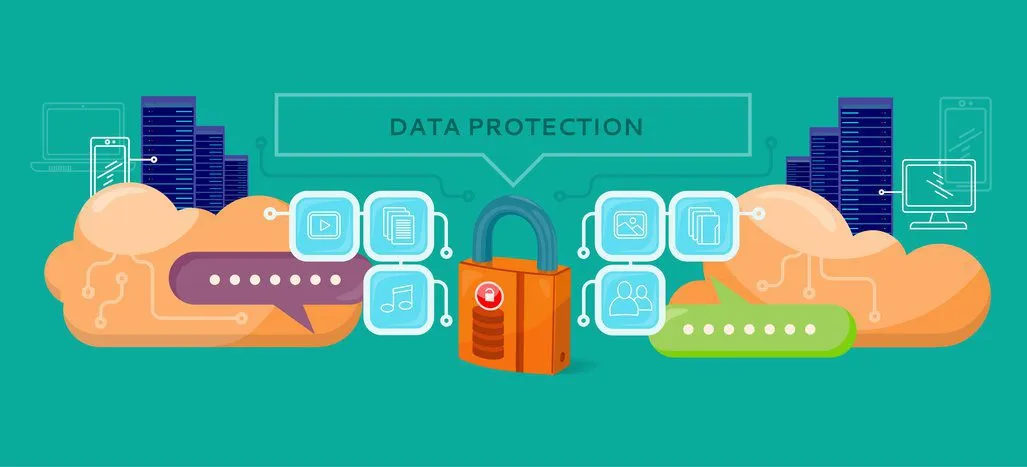Designing AWS Backup and Recovery Solutions
Success with any project starts with preparing forfailure The same mentalityalso applies todesigning backup and recovery solutions When planning ...

Success with any project starts with preparing for failure. The same mentality also applies to designing backup and recovery solutions. When planning an AWS backup and recovery, you should first identify possible failure situations and their potential impact on your organization.
Your industry might also demand regulatory requirements for data privacy and security that you need to consider.
Ideally, an AWS backup solution should offer granularity, including:
- File-level recovery
- Application-level recovery
- Volume-level recovery
- Image-level recovery
AWS Backup & Recovery Approaches for Cloud-Native Infrastructure
IT infrastructure can be on-premises, cloud-native or hybrid. In a cloud-native infrastructure, all your data exists entirely on AWS. AWS offers many options for database backup and recovery. You can choose to run your database on an EC2 instance or use managed services available on Amazon Relational Database Services (Amazon RDS).
If you’re running your database on an EC2 instance, you can choose to use native tools such as Oracle, MySQL, PostgreSQL and MSSQL to perform an AWS backup. Alternatively, you can create a snapshot of your data using EBS snapshot-based protection.
1. Using Replica Database Backups
If your databases are built on RAID sets, you can create a read replica of the database to remove the burden of AWS backup from the primary database. The read replica is an up-to-date copy of your database that runs on a separate EC2 instance. You can create a replica database instance by using multiple disks similar to the source or consolidate your data to a single EBS volume. From here you can snapshot your EBS volumes using one of the several EBS snapshot-based protection methods available. This method of AWS backup is ideal for large databases that are run 24/7.
2. Using Amazon RDS for AWS Backup
Amazon Relational Database Service comes with a set of features you can use to automate your database backups. Unlike the first method, which involves taking snapshots of individual databases, Amazon RDS creates a large storage volume snapshot of your entire DB instance.
Amazon RDS provides two main options for AWS backup:
- Automated backups enable point-in-time recovery of your entire DB instance. This function is turned on by default whenever you create a new DB instance. Amazon RDS automatically performs full daily backups of your data and also allows you to configure a retention period of up to 35 days. Amazon RDS is able to restore your data by using these periodic backups together with your transaction logs.
- DB Snapshots are user-initiated backups that help you back up your DB instance as frequently as you wish and restore your data. To use DB snapshots, you can use the Amazon RDS Console, or the CreateDBSnaphot DB Snapshots have unlimited retention. You can use a DeleteDBInstance call or the AWS Management Console to delete your old instances.
3. Using AMI to Backup Your EC2 Instances
Amazon Machine Images (AMIs) enable AWS backup of images. The images consist of a template for the root volume required to launch the instance. You can use the aws ec2 create-image CLI command to back up the root volumes of your images as AMIs. The AMIs are stored in your AWS account using EBS snapshots.
Takeaway for Businesses
AWS is an ideal cloud platform where you can store and protect your precious data. At Agile IT, we’ve acquired vast experience in cloud computing and cloud engineering. Our cloud experts can undertake a wide range of AWS implementations including AWS backup and recovery.
Need help designing a reliable AWS backup and recovery solution? Contact us today to learn how AWS can become a seamless and customizable cloud platform for your organization on all your devices.





